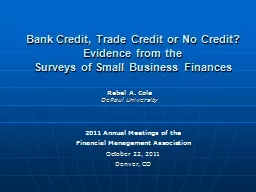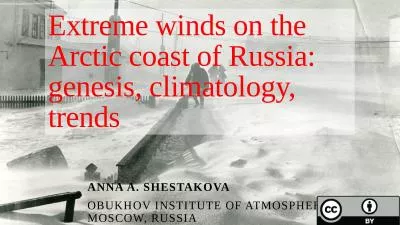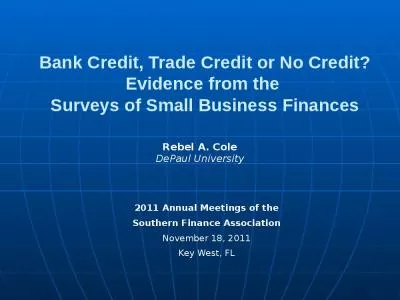PPT-What can windstorms do? Image credit:
Author : kaptainpositive | Published Date : 2020-11-06
KUSA Boulder Windstorms Effects of Windstorms High winds Rapid temperature shifts Rapid pressure fluctuations Incredible cloud formations Average January Temps By
Presentation Embed Code
Download Presentation
Download Presentation The PPT/PDF document "What can windstorms do? Image credit:" is the property of its rightful owner. Permission is granted to download and print the materials on this website for personal, non-commercial use only, and to display it on your personal computer provided you do not modify the materials and that you retain all copyright notices contained in the materials. By downloading content from our website, you accept the terms of this agreement.
What can windstorms do? Image credit:: Transcript
Download Rules Of Document
"What can windstorms do? Image credit:"The content belongs to its owner. You may download and print it for personal use, without modification, and keep all copyright notices. By downloading, you agree to these terms.
Related Documents














